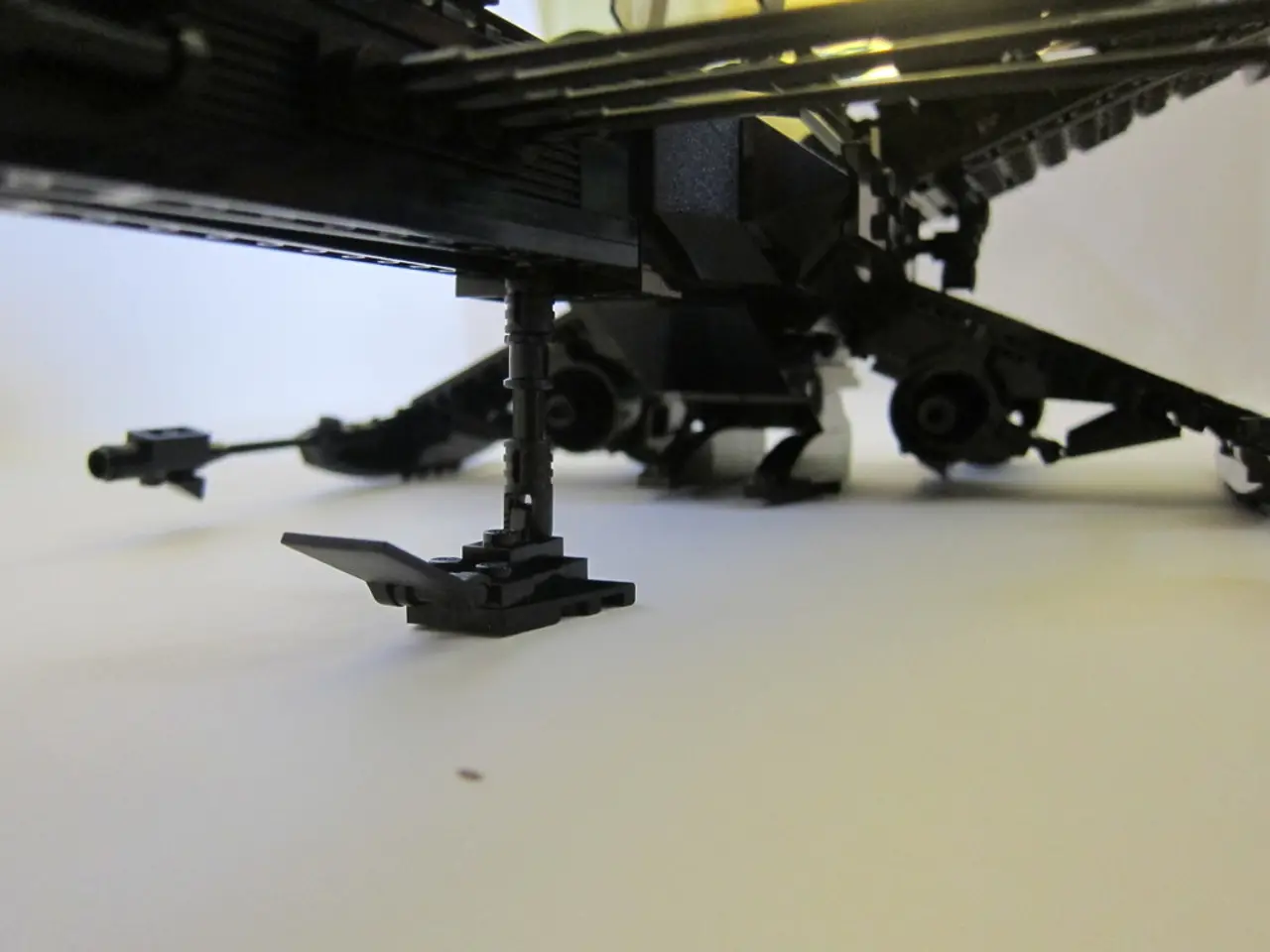Taking Action: Mattel's Response to Tariffs and Global Trade Uncertainty
Immediate Actions
- Price Shifts:Facing tariff pressures, Mattel is prepping for U.S. toy prices to jump starting Q3 this year. The company communicates that they'll work with retail partners to ensure affordability, with around 40-50% of their U.S. product mix priced at $20 or less[1][4].
- Earnings Hit: Despite a 2% year-over-year spike in Q1 net sales to $827 million, Mattel's net loss grew by 42% to $40.3 million. Although tariffs haven't significantly impacted earnings yet, the company is anticipating future costs[1][5].
- Financial Predictions: In light of these uncertainties, Mattel has withdrawn its 2025 financial projections[4].
Supply Chain Adaptation and Sourcing Strategy
Stepping Away from China
- Manufacturing Overhaul: Mattel is on a mission to reduce reliance on China by diversifying its manufacturing locations. Currently, the company manufactures in seven countries, with under 20% of its U.S. production coming from China[1][4]. The goal is to bring this down to below 15% by 2026 and below 10% by 2027.
- "Poly-Sourcing" Future: Mattel aims to build a flexible manufacturing model, shifting product lines to various locations across the globe. This year, they plan to double the pace of product shifts accomplished in 2024[4].
- Establishing New Hubs: New manufacturing centers in Indonesia, India, and Mexico are under development. Despite a 100-basis-point hit to gross margins, this expansion is viewed as crucial for long-term supply chain resilience[4].
Long-Term Objectives
- Geographic Balance: By 2027, Mattel targets ensuring no single country accounts for more than 25% of its total toy production[1][3].
- Affordability and Quality: Mattel remains committed to making 40-50% of its toy offerings accessible for consumers, with prices of $20 or less[1][3].
Strategic Advantage
- Financial Adaptability: Mattel is utilising a flexible pricing structure to react swiftly to evolving tariff structures and market conditions[1].
- Growth Opportunities: Mattel positions itself to gain additional shelf space and market share if competitors face product shortages due to supply chain disruptions[1].
- IP as a Protective Shield: Mattel is focusing more on exploiting its intellectual property (IP) through digital content and licensing, which acts as a buffer against the impact of tariffs on physical goods[4].
Summary Table: Mattel's Supply Chain & Pricing Strategy
Mattel anticipates price hikes due to intensifying tariff strain
| Aspect | Current Situation | Goal (2026–2027) ||-------------------------------|-----------------------------------|---------------------------------|| China Sourcing (U.S. Market) | <20% of global production | <15% (2026), <10% (2027) || No Single Country Dominance | 7 countries in supply chain | No country >25% of production || Product Pricing | 40-50% at $20 or less | Maintain or improve affordability|| Supply Chain Resilience | Transitioning 500 lines in 2025 | Full "poly-sourcing" by 2027 || Financial Impact | 100-basis-point gross margin hit | Longer-term cost containment |
Mattel's strategic approach primarily focuses on pricing flexibility, supply chain diversification, and utilizing intellectual property to evade ongoing and future trade obstacles[1][4].
- Amidst the global trade uncertainty, Mattel is planning to restructure U.S. toy prices as tariff pressures rise, aiming to keep approximately 40-50% of their product mix at or below $20.
- Despite a positive 2% spike in Q1 net sales, Mattel's net loss increased significantly by 42%, indicating a potential impact from tariffs on future earnings.
- In response to trade uncertainties, Mattel has withdrawn its 2025 financial projections, emphasizing the unpredictable nature of the situation.
- Aiming to reduce dependence on China, Mattel plans to bring down the percentage of U.S. production coming from China to below 15% by 2026 and below 10% by 2027.
- Making a shift towards a flexible manufacturing model, Mattel aims to double the pace of product transfers and achieve full "poly-sourcing" by 2027.
- New production centers are being established in Indonesia, India, and Mexico to enhance supply chain resilience, despite a potential 100-basis-point hit to gross margins.
- By 2027, Mattel desires to ensure no single country accounts for more than 25% of its total toy production.
- Mattel remains dedicated to offering 40-50% of its toy line with prices at or below $20, ensuring affordability for consumers.
- In the face of ongoing trade obstacles, Mattel is leveraging its intellectual property through digital content and licensing deals to insulate itself against the physical product's impact of tariffs.








